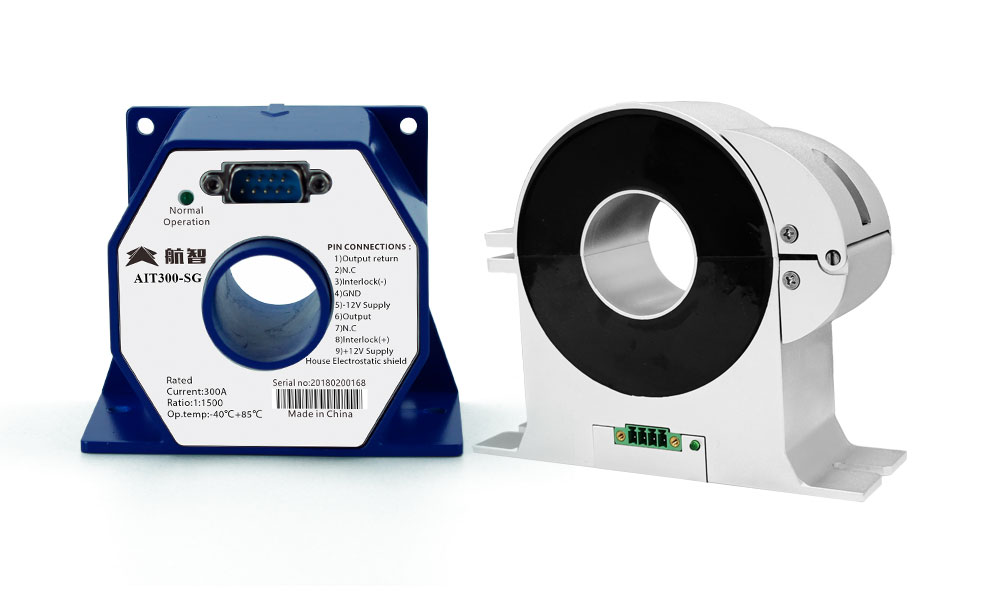
Current transducers are used to measure the current in a circuit and are a key component of every power monitoring system. Common examples include Hall current sensors, fluxgate current sensors, Shunt Resistor Transducers, Current Transformers, Rogowski coils, etc.
Current Transducer Types
There are two main types of current transducers: Solid core przetworniki prądu and Split core current transducers. The main difference between solid core and split core current transducers (CTs) is how they are installed.
Require the conductor to be disconnected before installation. They have a permanently closed, toroidal (donut) shaped core that the conductor must pass through. Solid core CTs are often used in new installations and are more accurate than split core CTs. However, they can be difficult to install in tight spaces or in situations where the electrical system needs to remain operational.
Have a hinged core that can be opened and closed to pass the conductor through without disconnecting it. Split core CTs are often used in retrofit installations because they are easier to install and don’t disrupt the wiring. However, they may be less accurate than solid core CTs.
Choosing the right current transducers
When choosing between a solid core and split core CT, you can consider things like:
Accuracy and Precision
Accuracy refers to how close the transducer’s readings are to the actual current. Precision is about how consistently the transducer provides the same reading for the same current.
High accuracy ensures the transducer gives correct readings, while high precision means it consistently provides those correct readings. Look for a transducer with low error margins and minimal variations in its measurements.
This is especially important in critical applications where precise current monitoring is needed, such as in power systems or sensitive equipment.
Solid core CTs are generally more accurate than split core CTs.
Environmental Conditions, Mounting and Installation
Consider the operating environment, including temperature range, humidity, and potential exposure to chemicals or vibration, and choose a transducer that can withstand these conditions.
Ensure the transducer’s mounting and installation requirements align with your system’s capabilities and constraints. Isolation is also one of the factors in choosing sensors. Ensure the transducer provides adequate electrical isolation for safety and to prevent signal interference.
Split core CTs are easier to install and don’t disrupt the wiring.
Cost and Effective
The cost of the sensor is a significant factor, especially in the design phase where companies aim to lower costs and reduce risks. There is a choice between off-the-shelf sensors, which are generally more cost-effective, Solid core CTs are generally less expensive than split core CTs.
Use case
Solid core CTs are better for critical monitoring, while split core CTs are better for installations where power shouldn’t be disrupted.
O Hangzhi
Shenzhen Hangzhi Precision Electronics Co., Ltd. is a technology-leading enterprise dedicated to the research and development, production, sales and solution customization of high-precision current sensors, voltage sensors and high-precision electrical measuring instruments. We strive to build a well-known brand of bramka strumieniowa precision current sensors and precision electrical measuring instruments in the DC field, and strive to develop into an internationally leading leader in precision electronics in the field of DC systems.
